Driver Reviews
Review: Callaway X2 Hot and X2 Hot Pro Drivers
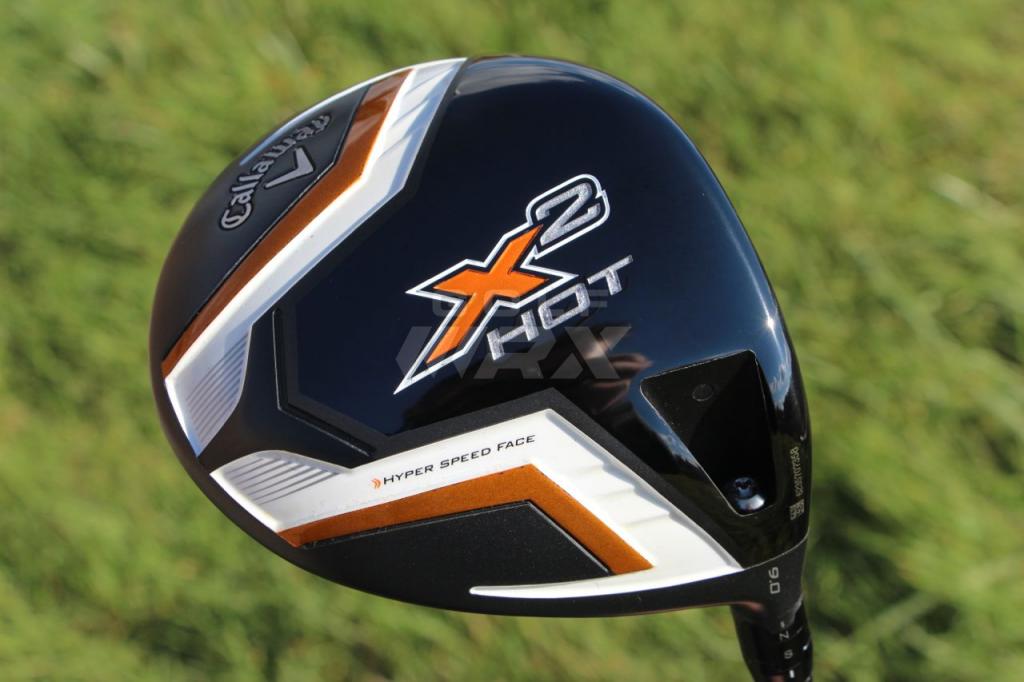
Pros: Like last year’s X Hot, the X2 Hot drivers come in two different options, a Pro version with a slightly smaller head, lower launch and spin, and a standard version with more forgiveness and an easier launch. New Hyper Speed Face produces a 10 percent larger sweet spot for more forgiveness.
Cons: The Pro version has a beautifully clean crown, but some players might wish they had kept a simple chevron alignment mark. No moveable weights.
Bottom line: Both drivers are impressive pieces of equipment, delivering higher ball speeds and more distance from almost every part of the new Hyper Speed face. The X2 Hot Pro is designed for the better player and creates lower-launching, more-penetrating flight while still offering decent forgiveness on mishits. The X2 Hot driver, with a slightly larger, more-forgiving face and higher-launching ball flight, is a total performance driver that can really fit in the bag of any player.
Overview
To say last year’s X Hot line of drivers was successful for Callaway would be an understatement. Tour pros had them in their bags and amateur players were hitting the ball farther than ever before with them. The X2 Hot drivers have some big shoes to fill and they are filling them very well. True to recent form, Callaway is offering golfers two different versions to chose from — a 440cc Pro version for better players and a 460cc version designed for virtually every golfer. Callaway also redesigned the look of the heads this year and both drivers have a much more traditional looking pear-shaped head design. The X2 Hot Pro driver is designed for the better player looking for a penetrating ball flight and a more neutral bias allowing for greater workability. The X2 Hot driver on the other hand, with a larger face, larger sweet spot and progressive draw bias is designed for any golfer looking to launch the ball in the air and maximize distance.
Both drivers have Callaway’s Advanced OptiFit hosel, first available on last year’s FT Optiforce drivers, allowing golfers to optimize their launch conditions by adjusting the loft and lie independently. The loft of each driver can be adjusted up 2 degrees or down 1 degree. You can also set the drivers to neutral or draw, which makes the lie angle more upright and encourages a more leftward starting trajectory (for right-handed golfers). Changing the driver’s loft will change the face angle slightly, but most golfers will not notice a difference at address.
The X2 Hot driver is available in three different lofts: 9, 10.5 and 13.5 degrees, and comes stock with a 46-inch Aldila Tour Blue 55 shaft in light, regular and stiff flexes. Just like the 2013 X Hot models, these drivers have “Progressive Draw Bias,” which means that higher-lofted models have more draw bias than lower-lofted models. The head weight will be about 194 grams, while the total weight will be about 303 grams. The stock swing weight is D3.
The X2 Hot Pro driver is available in only one loft, 8.5 degrees, but it can still be adjusted up 2 degrees or down 1 degree with the Optifit advanced hosel. It comes stock with a 45.5-inch aftermarket version of Aldila’s Tour Green 65 shaft in regular, stiff and x-stiff flexes. The Pro driver also contains a removable 7-gram weight screw in the back of the club, which gives it a stock swing weight of D3. Different weight screws can be ordered through Callaway’s custom department to make the swing weight heavier or lighter. Both drivers will be available in stores Jan. 17 and sell for $349.
Performance
When I picked up last year’s FT Optiforce, I instantly fell in love with the 440cc version and it has been performing very well for me ever since. But when I pulled the headcover off the new X2 Hot drivers, I was impressed and really wanted these clubs to deliver. I tested the X2 Hot and X2 Hot Pro drivers over multiple sessions both on the course during rounds and on a Flightscope launch monitor on the driving range. My goal was to simply see if the ball flight and performance matched Callaway’s claims.
My first shot with the X2 Hot driver was pounded and set a good tone. The shot was right off the center of the face with a great launch angle, carry time and overall distance. It felt really solid off the face with a good sound. Each shot had a solid draw ball flight, even into a left-to-right wind, and it was clear there is a decent amount of draw bias in this club.
Because I’m playing the FT Optiforce 440cc version, I was really interested to see how the 440cc X2 Hot Pro driver would perform for me. My first three shots on the driving range were noticeably more penetrating than the X2 Hot, but also had a slightly firmer feel at impact. The flight of each shot was more straight to a slight cut, which is what I play normally. I could tell the spin numbers were going to be lower with the X2 Hot Pro and the overall distance would likely be slightly more than the X2 Hot.
Over the course of four rounds, I alternated between each of the two drivers, playing with only one driver during any given round. As expected, my launch conditions with the X2 Hot Pro were slightly better, generating more overall distance. However, my mishits were more penalizing and I wasn’t hitting as many fairways. The X2 Hot driver performed very well for me in general, even though I wasn’t getting as much distance, I also was hitting slightly more fairways.
The next step was to get on a launch monitor and see if these clubs really live up to their marketing claims and confirm what I was seeing in my testing.
Performance: Standard X2 Hot Driver
To keep it simple and consistent with my testing of the other clubs in the X2 Hot line, I tested the drivers during an hour-long session on Flightscope, with both drivers at 9.5 degrees of loft and in neutral lie setting. I rotated between both drivers and threw out mishits and outliers from the data presented below. I tested shots hit off the sweet spot, heel and toe, as well as high and low.
The X2 Hot Pro driver (bottom photo) has a taller face than the X2 Hot driver, giving it a more robust appearance at address.
When compared to the X2 Hot Pro, the X2 Hot driver has more draw bias to minimize the slice tendency of average golfers and is designed to help golfers launch the ball higher. On average, when compared to the X2 Hot Pro, the standard driver generated 2 mph more ball speed, 2 more yards of carry and 3 more yards of total distance. The launch angle, surprisingly, was not much higher than the X2 Hot Pro and only generated 200 more rpm of spin on average. Almost every shot with the X2 Hot driver produced a draw flight and 250 rpm more spin than the X2 Hot Pro.
Callaway looked at data from its performance bays on where most golfers impact the face and what it found is that golfers with a greater than 10 handicap miss the sweet spot 65 percent of the time. Callaway focused on a new pattern for face thickness designed to create a larger sweet spot to cover more of the area golfers actually hit. It worked in both drivers, but even more so in the X2 Hot. The X2 Hot driver is very forgiving and it is more difficult to hit wildly offline. Shots impacted off the heel only drop, on average, 1 mph of ball speed. Shots off the toe resulted in a loss of 2 to 3 mph of ball speed during testing.
[wrx_buy_now oemlink=”http://www.callawaygolfpreowned.com/drivers-2014-x2-hot/drivers-2014-x2-hot,default,pd.html” oemtext=”Learn more from Callaway” amazonlink=”http://www.amazon.com/gp/product/B00G97P5QW/ref=as_li_qf_sp_asin_il_tl?ie=UTF8&camp=1789&creative=9325&creativeASIN=B00G97P5QW&linkCode=as2&tag=golfwrxcom-20&linkId=DXVCI7SPS3OM5ZNB”]
Performance: X2 Hot Pro Driver
The X2 Hot Pro driver is aimed squarely at the better player looking for workability, lower spin and a penetrating ball flight. The X2 Hot Pro has a much more neutral bias than the X2 Hot and that was clear during testing. The Aldila Tour Green shaft, which became the No. 1 shaft on the PGA Tour in 2013, was paired with the X2 Hot Pro to optimize the launch conditions. It is a legit shaft, but some players will find it is too much to handle and requires a lot of extra work to generate good results. All the more reason to get properly fit for your driver.
On average, my shots with the X2 Hot Pro driver launched a half-degree lower with a peak height of 2 yards lower than the X2 Hot driver. To the naked eye, you could tell the trajectory was more penetrating overall and the numbers support that conclusion. My spin numbers were lower, the trajectory was lower and the club could be worked in any direction more easily. Mishits however, were more costly. While ball speed dropped only an extra 1 mph off the toe and heel than the X2 Hot driver, they ended up being farther offline. I felt my worst mishits with the Pro driver would be more penalizing than my worst mishits with the standard driver. In fact, my two worst mishits of the day came with the X2 Hot Pro driver. But my two longest drives of the day also were with the X2 Hot Pro driver.
My current gamer is the 440cc FT Optiforce, which became one of Callaway’s most popular drivers on tour late last year. I wasn’t expecting massive distance or forgiveness gains in such a short development cycle, but both X2 Hot drivers did slightly outperform the FT Optiforce. More importantly, both clubs produced results I expected based on Callaway’s claims.
[wrx_buy_now oemlink=”http://www.callawaygolfpreowned.com/drivers-2014-x2-hot-pro/drivers-2014-x2-hot-pro,default,pd.html” oemtext=”Learn more from Callaway” amazonlink=”http://www.amazon.com/gp/product/B00G97PCOW/ref=as_li_qf_sp_asin_il_tl?ie=UTF8&camp=1789&creative=9325&creativeASIN=B00G97PCOW&linkCode=as2&tag=golfwrxcom-20&linkId=USOAFOJCRDZOHF7J”]
Looks and Feel
Starting with the headcover and working all the way down to the sole, the design of both of these drivers is leaps and bounds ahead of last year’s X Hot drivers. The design is a mix of refinement and performance, kind of like looking at an Audi R18 e-tron quattro at Le Mans. The darker grey color looks much more premium and Callaway added extra touches like brushing its logo into the titanium. Both clubs have very clean, minimalistic crowns. The X2 Hot driver has a chevron alignment mark, while the Pro version is completely clean on the crown. Both clubs look great at address, but I especially like the look of the X2 Hot Pro. The smaller head is begging to be hit, and while the the face angle is slightly more open at address, it is virtually unnoticeable.
Just like the X2 Hot hybrids and fairway woods, the overall graphics package, from the darker, clean crowns to the Aldila shafts, really give these clubs a killer look.
The face of both drivers feels really nice at impact, especially the X2 Hot driver. It feels very springy off the sweet spot and offers good feedback on mishits. Many golfers will appreciate how easy the club “feels” to hit. I prefer the sound of the FT Optiforce to the sound of the X2 Hot; it doesn’t quite have the same powerful reverberation and instead is more crisp and muted. As expected, the smaller head of the X2 Hot Pro driver has an ever firmer feel in my opinion.
These two clubs have distinctively different feels at impact and since feel is subjective, it is another good reason to test both clubs before making a decision.
Bottom Line
Callaway had the unenviable task of releasing an upgrade to a wildly successful product and it did a great job. The look of the new X2 Hot drivers is hands-down more appealing and sexier than last year’s X Hot. The new Hyper Speed face is more forgiving, and the addition of the Optifit hosel and premium stock shafts offer all players a high level of adjustability and performance.
Unlike the X2 Hot Pro hybrids, which I would recommend only for the best of players, the X2 Hot Pro version should be enticing even for mid-handicap players. For the golfer looking for a total performance driver, the standard version should be at the top of the list of drivers to test.
Click here to read Kane’s review of the X2 Hot and X2 Hot Pro fairway woods, and click here to read his review of the X2 Hot and X2 Hot Pro hybrids.
- LIKE189
- LEGIT32
- WOW36
- LOL9
- IDHT35
- FLOP3
- OB2
- SHANK46
Driver Reviews
GolfWRX Spotlight: Tour Edge Exotics C721 driver

Tour Edge’s Exotics line of high-end golf clubs has been known for excellent fairway wood and hybrid performance over the years. The Chicago-based company has been consistently putting out high-quality products, and golfers are really taking notice. The new line of C721 drivers, fairway woods, and hybrids take yet another big leap forward from last year’s EXS line.
The new C721 driver takes a lot of technology from the 2020 EXS line and further refines and expands on it. I know it is a little cliche when companies say every model is their best ever, but Tour Edge is 100 percent right this time.
When unboxing the C721 the first thing I noticed was the much-improved looks and shape over the previous Tour Edge drivers. The biggest change to my eye is the added bulge, giving a more rounded and softened topline.
The overall shape of the C721 is slightly stretched from front to back, giving it just a hint of a triangular look. The Ridgeback is a titanium spine flanked by two carbon fiber wings that add stability and forgiveness to the head, but they can also work together and an additional aiming device to ensure you are lined up down the center of the fairway.
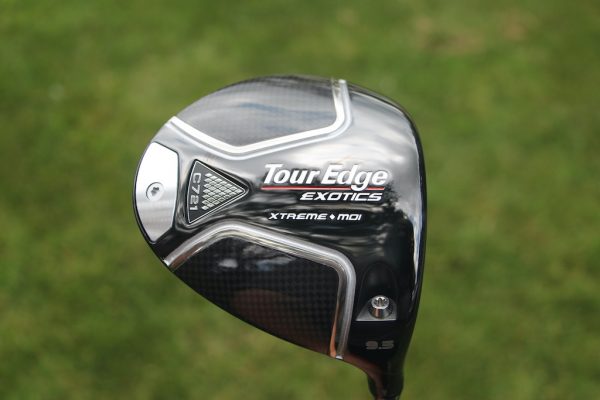
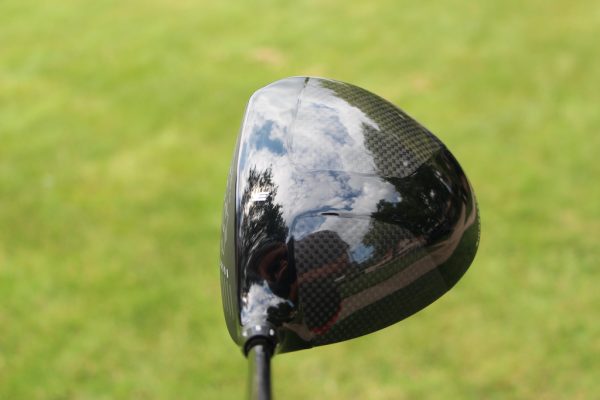
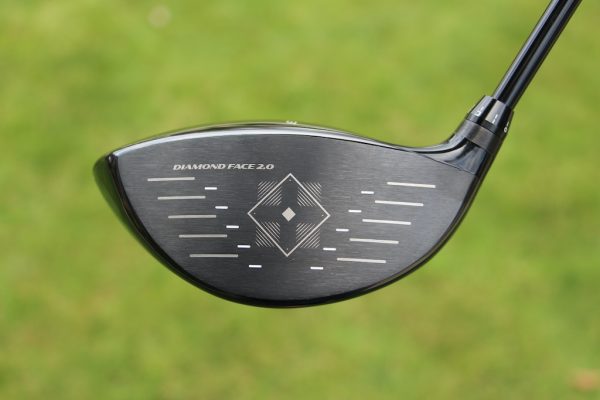
Getting the C721 out on the course is where you really start to appreciate all the technology that went into this driver. Well-struck shots are very long, very boring, and will hang with anything out on the market today. Center contact is rewarded with a long and very low spin shot that is just fun to hit.
The sound and feel are very solid, you can really feel the ball compress on the face as it leaves at high speed. The sound is more of a muted crack and much quieter than I anticipated. If you practice on an enclosed range your ears will thank you for your choice in drivers. Shots hit away from the center of the face retain a lot of ball speed and stay online really well.
My miss is low on the heel and those misses stayed in the air fairly well and went a good ways. Shots hit down on the heel or higher on the toe side still stay online really well due to the Ridgeback spine and rear weight. The C721 is just slightly higher than mid-launch for me, but the low spinning head never allowed my shots to balloon or rise even into the wind. I do wish the face was just a touch deeper as I had to play with my tee height in order to find the optimal setup. The better players will enjoy the neutral weighting and there seems to be very minimal draw built into the driver.
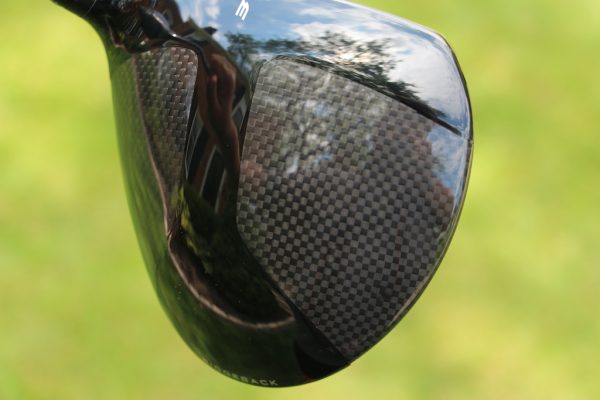
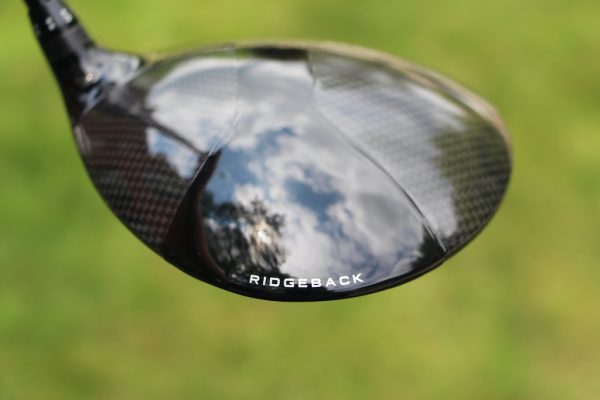
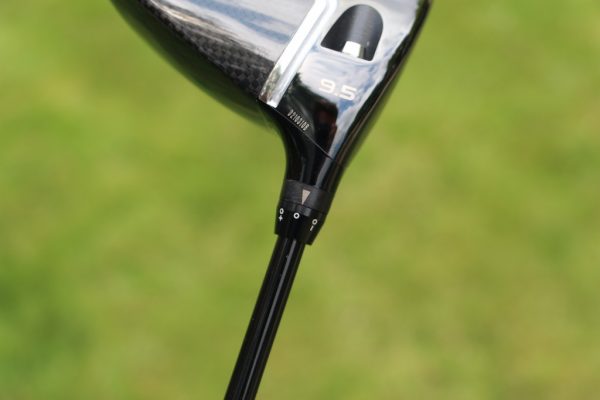
Overall, the Tour Edge Exotics C721 driver is a great club that will probably be overlooked by too many golfers. If you are looking for added distance, a lot of forgiveness and want to keep some money in your pocket, then you should seriously take a look at Tour Edge.
- LIKE103
- LEGIT12
- WOW6
- LOL2
- IDHT1
- FLOP1
- OB2
- SHANK5
Driver Reviews
Review: Ping’s G400 and G400 LST Drivers
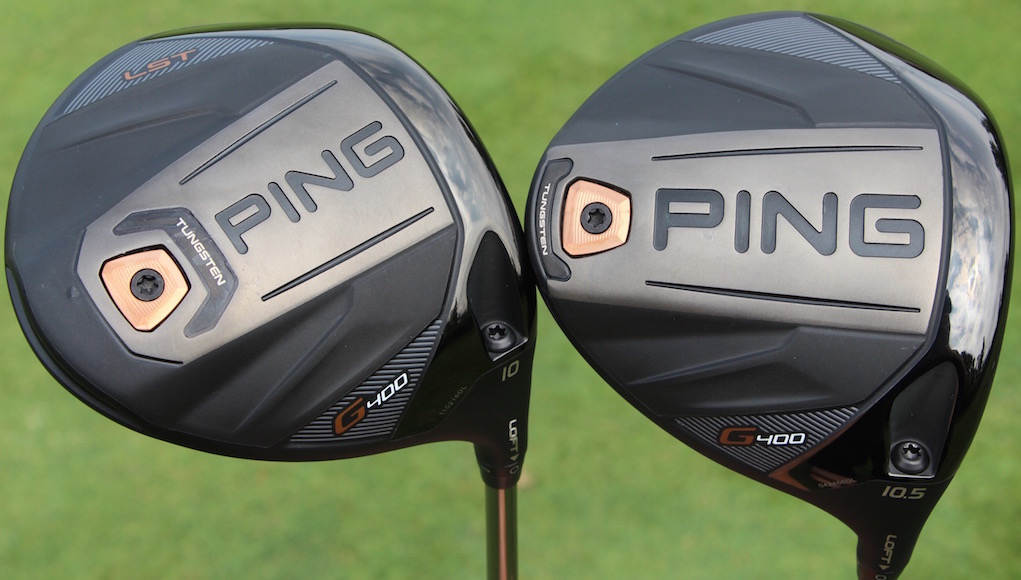
I still remember the first time I hit Ping’s G30 driver. It was July 2014, and I was at Ping’s HQ in Phoenix. Super low-spin drivers were all the rage at the time. With their forward center of gravity, they were helping golfers optimize their launch conditions beyond their wildest dreams: crazy high launch, ridiculously low spin. Many in the business, including myself, had one of these drivers and spent many launch monitor sessions trying to figure out how to get more distance from these high knuckleballs. The bad news was that forward-CG drivers, by nature, were really unforgiving. Bad shots were really short and crooked.
Before I knew the G30 was a big deal, Marty Jertson, Ping’s Director of Product Development, explained to me his vision for the perfect driver inside a conference room at Ping Headquarters. In his eyes, the perfect driver didn’t have the low, forward center of gravity (CG) that was being touted at the time. Its CG was located as low and as rearward in the driver head as possible, which he said would offer the best of both worlds: optimized launch conditions on good shots, as well as the best possible forgiveness on bad shots.
Building the perfect driver was a long way off (and still is), but Jertson was excited where Ping had landed with the G30. When it was released, the driver was a powerful testament to his vision. Its rear-CG design created great distance on good and bad shots, and it was also a very straight driver. The G30 sold incredibly well and, as a result, the industry mostly shifted away from forward-CG drivers.
It’s been nearly three years since the release of the G30, and Ping has just made another counterintuitive driver release. The company shrunk the size of its new G400 drivers in a climate where full-size drivers have become the norm. Granted, it’s only 15 cubic centimeters smaller, but it’s noticeable at address. Compared to the Ping G drivers they replace (which replaced the G30), the G400’s look like they cut carbs.
Despite their slimmer frames, however, the G400 drivers are actually more forgiving than the G drivers (which were even more forgiving than the G30). That’s why Ping representatives say smaller is actually better in the G400’s case. The drivers have the lowest, most rearward CG of any Ping drivers ever, and their smaller size is said to improve their aerodynamics so golfers can swing them fractionally faster. The other big change is a new face material made of T9S+ titanium, which is thinner and more flexible to help golfers generate more ball speed.
For this review, I wanted to put the G400 and G400 LST to the test against the G and the G LST drivers that they replace, so I took them to the Launch Pad at Carl’s Golfland in Bloomfield Hills, Mich. I hit five shots with each driver on Trackman IV, and to ensure as much of an apples-to-apples comparison as possible, I tested each driver head with the same shaft. Each driver head was adjusted to the same loft, or as close as possible.
Note: The G, G LST, and G400 drivers I tested were 10.5-degree heads adjusted to 9.5 degrees. The G400 LST had a loft of 10 degrees, and it was adjusted to 9.4 degrees.
The Test
In my personal driver tests, I don’t usually see a huge uptick in distance or accuracy when comparing the latest drivers to the most recent models from the same manufacturer. Improvements generally come in the form of improved head shaping, a better feel, or enhanced adjustability. That’s why I was surprised to see such a big change in my launch conditions and dispersion with the G400 drivers.
G400 Test Results: With the G400, I launched my drives an average of 1.6-degrees higher than I did with the G while dropping spin an average of 416 rpm. That led to a significant improvement in distance. With my swing speed and ball speed staying about the same, I added an average of 7.2 yards more carry distance and 8.7 yards more total distance.
G400 LST Test Results: First, a note about the G400 LST. It has a CG that’s slightly lower and more forward than the standard G400 driver to help golfers reduce spin. Like the G30 LST and G LST, it’s still very much a rear-CG driver, but its design helps high-speed golfers who can consistently find the center of the club face maximize distance without highjacking forgiveness. When I test Ping drivers, the LST is generally the model that creates the best performance, and the G400 LST was no exception. I saw an average of a 1.2-degree higher launch angle with all other things staying about the same when I compared it to the G LST. The result was an average of 6.6 yards more carry distance and 3.1 yards more total distance. It was the longest and straightest driver I hit in the test.
Note: Ping also sells a G400 SFT (Straight Flight Technology) driver, which has added draw bias. To learn more about it, click through to tech story on the G400, G400 LST and G400 SFT drivers.
Dispersion
One way to explain the improved launch conditions is that I hit the G400 drivers more consistently. As you can see in the Trackman dispersion chart, I hit the G400 and G400 LST drivers straighter on average than the G and G LST. Is that its slightly enhanced forgiveness shining through? Maybe, maybe not.
To me, the changes Ping made to the look and feel of the driver were just as important as the performance difference I saw on Trackman. I’ve always preferred smaller driver heads, or at least 460-cubic-centimeter drivers that appear smaller than their size. For that reason, I felt more confident with the G400 drivers in my hands. I didn’t mind that I didn’t see any added swing speed or ball speed from the smaller driver head. I was sold on the looks alone.
- At Address: Ping’s G400 (left) and G drivers.
- At Address: Ping’s G400 (left) and G drivers.
I also preferred the sound of the G400 drivers to the G drivers. There was definitely much more of a “thwack” than a “ping” at impact, which made the G400’s feel more powerful. Looks and feel are subjective, of course, but to me the improvement was night and day. I don’t think it’s a stretch to say that my fondness for the looks and feel of the G400 was at least a contributing factor to my improved performance in the test, if not the most important factor. When I like the way a club look at address, I tend to hit it better, and I know I’m not alone.
I do want readers to keep in mind that this was a one-person test and I hit a limited amount of balls. Yes, it’s a great indication that the G400 driver can be measurably better than a G driver, but it’s not a guarantee.
I also want to address the weaknesses of the G400 drivers. While they’re few, they could push golfers into another driver model in a fitting. Unlike Callaway’s GBB Epic, TaylorMade’s M1 or Titleist’s 917 drivers, the G400’s don’t have CG adjustability. That means there’s no way to fine tune ball flight outside of a shaft or loft adjustment. A bigger deal for some golfers might be the G400 crowns. Despite their smaller size, there’s still a lot to look at address, as was the case with the G drivers.
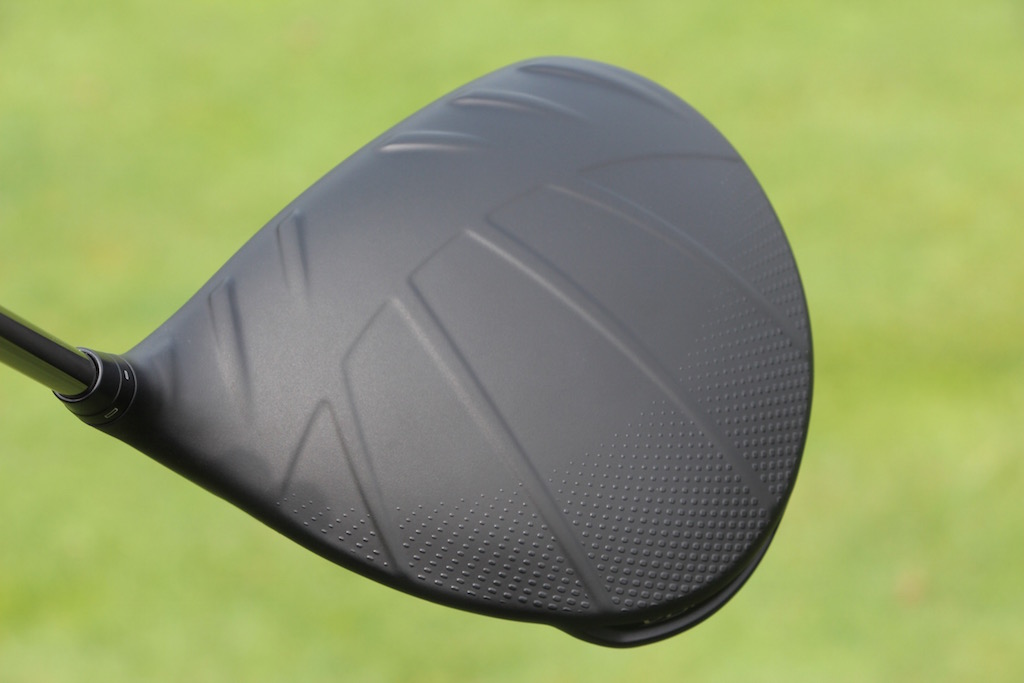
Aerodynamic features on the front of the crowns, “Turbulators,” have been thickened for the G400 release. There’s also Ping’s “DragonFly Technology,” a geometry on the back of the driver crowns that helps push CG lower and more rearward in the driver heads. I personally think the G400 crowns give the drivers an old-school, muscle car-like look, but there’s no question they won’t fly with all golfers.
Whatever your thoughts about what’s on top of the G400 drivers, there’s no question that what’s under the hood can offer something the G and G30 drivers did not. Maybe you’ll like the smaller head. Maybe you’ll prefer the quieter sound. Maybe the improved forgiveness will show up on a launch monitor or on the course. Or maybe you’ll just flat out rip a G400 farther and straighter down the middle like I did.
If that last bit happens, try not to second-guess it.
- LIKE676
- LEGIT83
- WOW48
- LOL18
- IDHT12
- FLOP22
- OB15
- SHANK59
Driver Reviews
Members Choice: The Best Driver of 2017
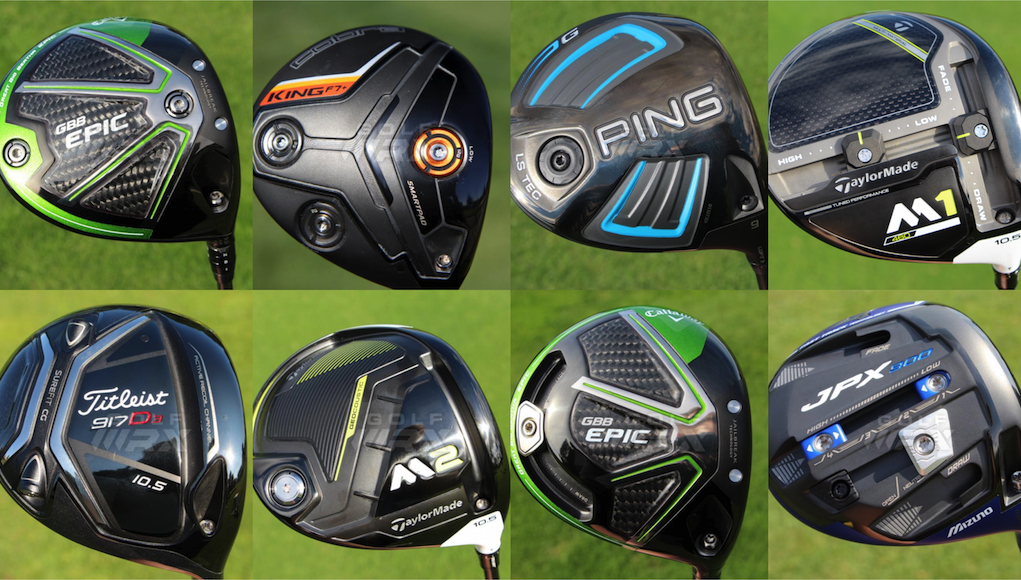
What determines the best driver on the market; is it the opinion of professional club fitters, professional golfers or testing results from a group of amateurs?
At GolfWRX, we believe all three sources can lead golfers to an answer. Being a website founded by passionate golfers with a mission to serve passionate golfers, though, we place a special emphasis on the opinions of our GolfWRX Members — the most knowledgeable group of golfers on the planet. No other group of golfers in the world tests golf clubs as frequently or as extensively as GolfWRX Members. So who better to poll to get an initial indication of the best performing drivers so far in 2017?
So we asked them, “What’s the best driver of 2017?” They voted for the three drivers they felt most worthy of the title and provided feedback about their selections in our special forum thread. You can see the results below (as of the first three weeks of voting), as well as quotes we pulled from GolfWRX Members about the drivers from our forum.
Remember that our polls will remain open for voting throughout the year, and we’re going to keep an eye on the percentages as more and more golfers have an opportunity to test these drivers. We’re also working on another Best Driver list, which will evaluate clubs in another important way. Stay tuned!
Keep in mind that there’s no single driver on the market that is the absolute best option for every golfer: that’s why nearly every manufacturer makes at least two different models. As this list indicates, however, some drivers are working better than others this year. Happy Testing!
Note: Forum posts were minimally edited for grammar, style, spelling and clarity.
Cobra King LTD Black (3.00 percent of votes)
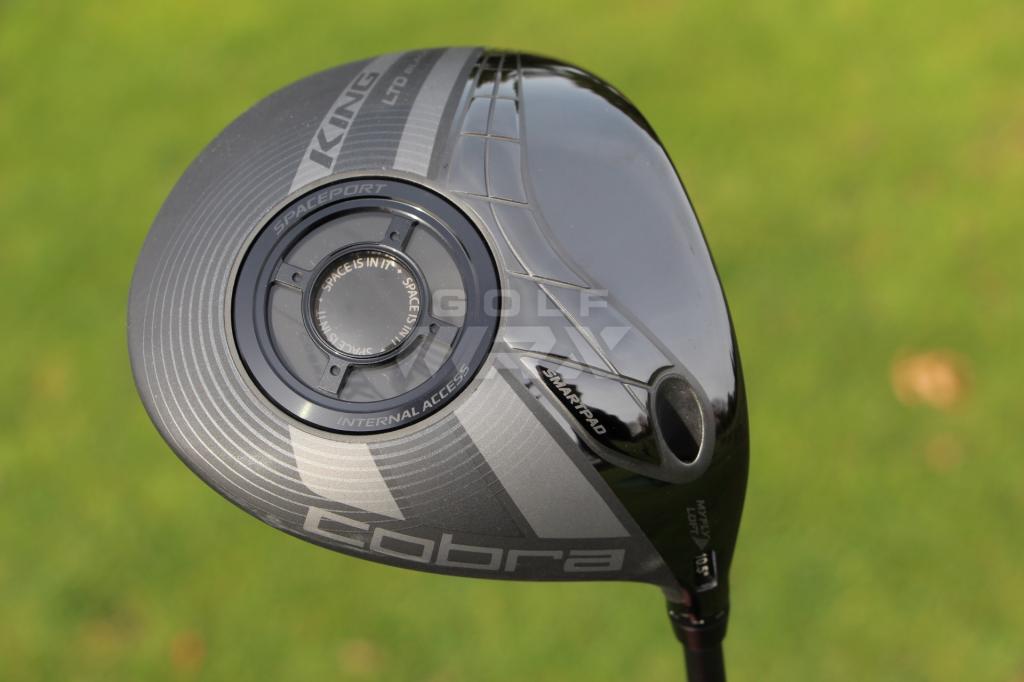
- The General: All-black LTD is really clean looking. I’m about to cover up the orange on my LTD with lead tape. Orange is played out
- mh7vw: Love my LTD, but wish the black finish (or even this gray) didn’t have that subtle checkering you see in some like. Prefer plain black.
- dbleag: I am a fan of the black/orange combo. The performance and sound of the LTD is very appealing to me. I also like that the standard length is 45 inches. For me, that helps it be super-accurate. With the low-spin design, I hit it longest of the current offerings and can’t remember the last time I missed a fairway. Straight, solid, low spin and nice.
Further Reading
Mizuno JPX-900 (3.20 percent)
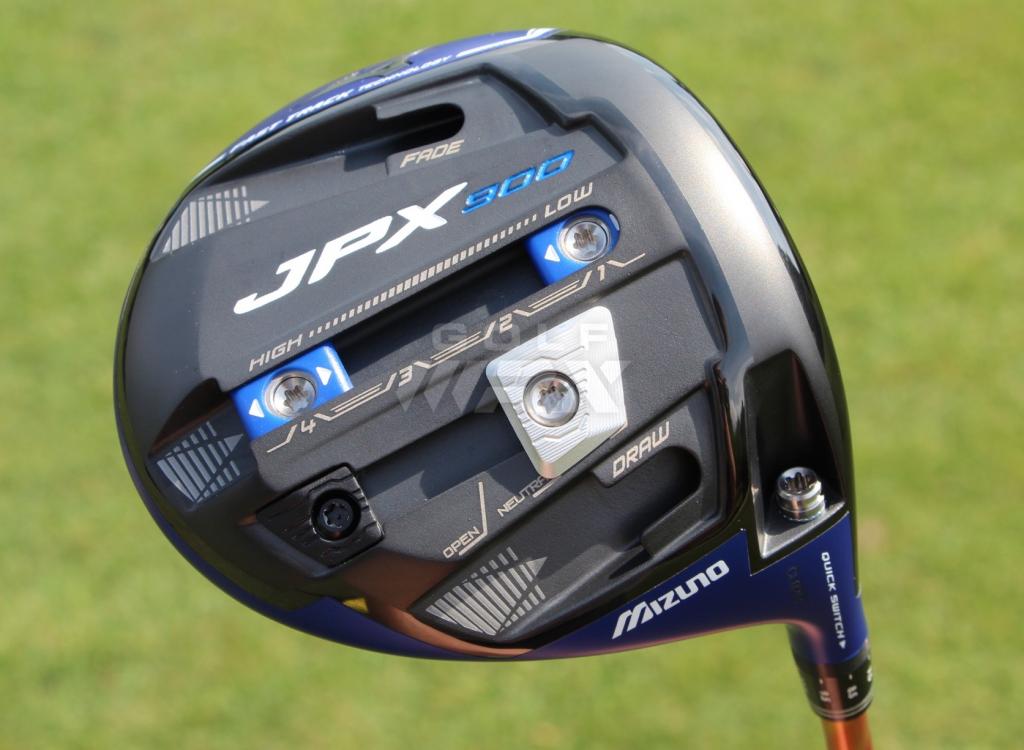
- johnnythunders: JPX goes straight. Best real-deal shaft and is long and very adjustable.
- KT35: That blue head looks awesome sitting on the ground. I hit balls off the toe and heel and didn’t see the big drop off in distance like the previous models.
- nmorton: The JPX-900 is definitely more forgiving compared to the JPX-850, and sounds much better. Though they did sacrifice a bit by going with a little larger profile, but it’s easy to get used to. The graphics are so so, but this driver performs. I’m really digging the Evo II (shaft).
- jay65: I can see that Mizuno is really making a decent effort with its drivers/fairways in terms of tech and aesthetics, and they compliment the new JPX-900 line of irons really well, but if they’re going to make any inroads they really have to address this issue of their custom shafts options. It’s rubbish.
- bok006: The JPX-900, after being properly adjusted by the fitter, gave me an extra 20 yards just like that. My swing speed suggested I was borderline S to X (flex), but the fitter said unless I was fighting a hook I should stick with the S.
- bubbagump: …the JPX-900, when properly fit, is just as long on a consistent basis than all the new models I tried in real life situations. It looks great, sounds solid and just knows the way to keep the ball in play.
- Chazb: I’m 69 years old, have a swing speed of 91 mph and played nine with the JPX-900 this morning. It was in the 40s with a brisk wind hit it around 220 to 230 yards. It was a fairway finder, has great feel and is one of the easiest to control drivers I have ever hit. I can’t wait ’til it is warmer and can dial it in more. So far I have the two weights all the way forward for a lower flight and the other set with a draw bias with 10.5 degrees of loft. This driver is the real deal; it may not be the longest or the shortest, but it is a fairway finder which IMO makes it a winner.
Further Reading
Ping G (3.80 percent)
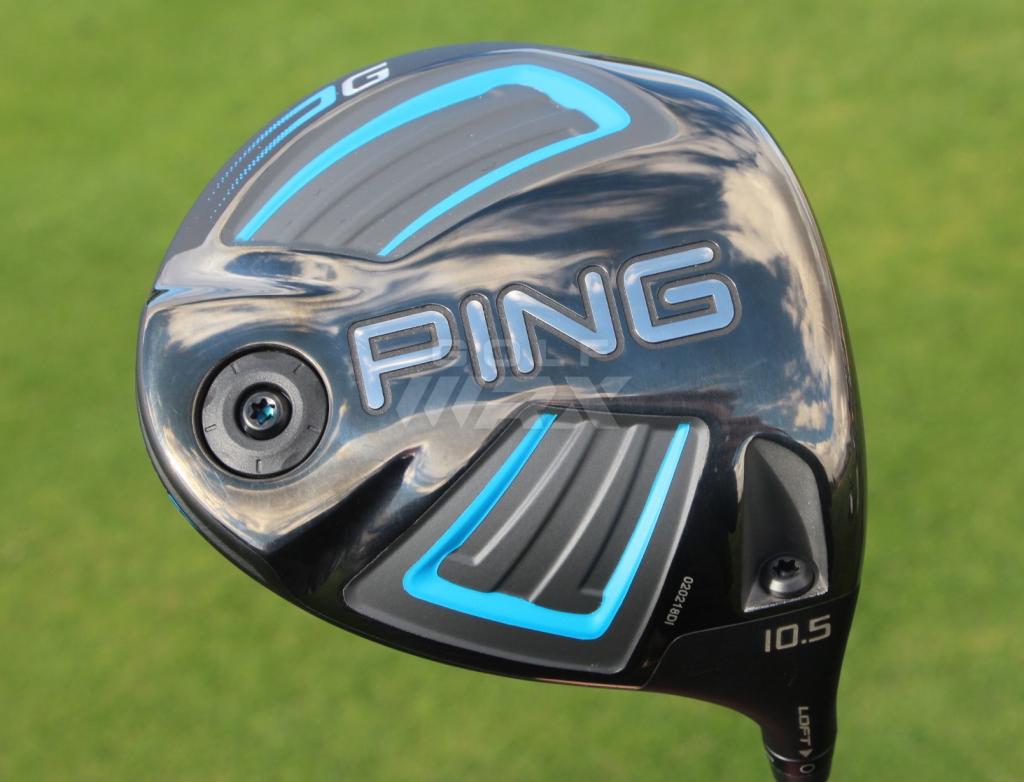
- Wesquire: Ping G is the most forgiving so it wins.
- bopper53: Ping G hands down. Great distance and the most forgiving.
- Dannydubbbs: The Ping G series is just too forgiving. The distance is comparable between most models, but Ping always seems to win out with forgiveness.
- Bruin Bear: The Ping G is going to be overlooked because it’s looked at as “game improvement,” but this driver is a beast. I liked the LS, but it requires a faster swing to get results and in the cold outdoors I just don’t have that all the time. I think the G is the perfect blend of performance and forgiveness.
- cmrl1986: Only reason I switched from the Ping G25 was that the G felt less harsh off the face. Same distance just about.
Further Reading
Cobra King F7+ (3.90 percent)
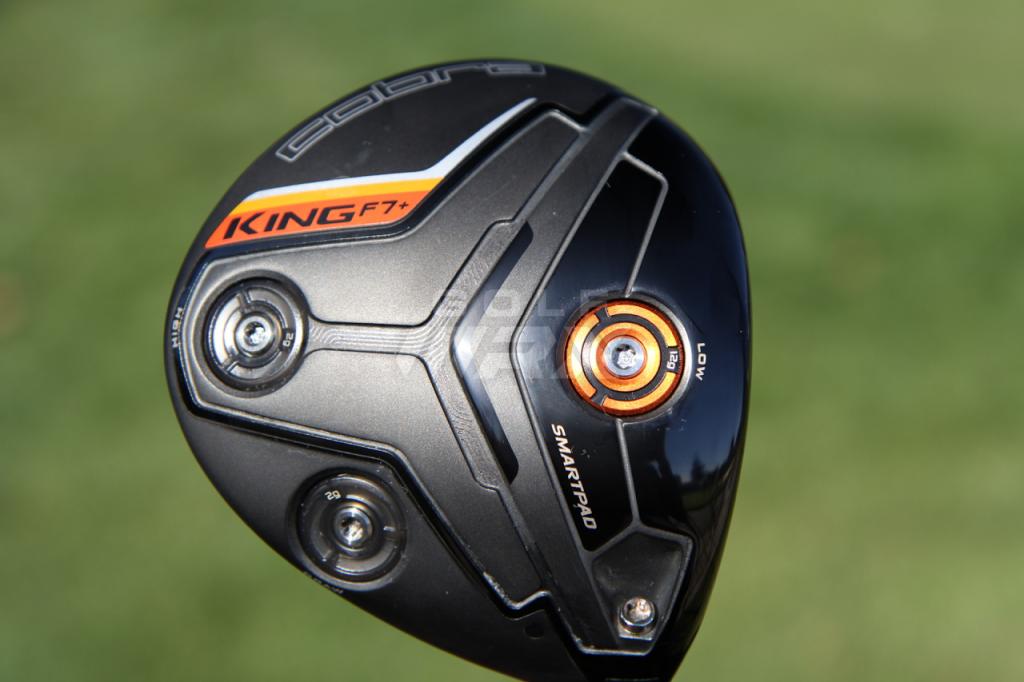
- EntourageLife: Ball really flies off face. Driver head controls spin well. Not one drive “ballooned” and trajectory was high and best of all… very easy to work ball right to left for a confident draw.
- Gollie: The F7+ is another great offering from Cobra… I didn’t get the “MAN, this is gonna take my LTD out of the bag” feeling, but it has very good sound, feel and performance.
- J13: F7+ is a great offering from Cobra and IMO is in the top-3 drivers this year. Epic is the standout for me numbers wise, then M series and F7+ are right behind it. Love the Agera (shaft) in there!!! Such a great shaft; I can’t seem to get mine out of the bag.
- Golfer from MO: Hit both Cobras lefty and as a lefty the LTD is the shizzle. Last year it was the LTD and Big Bertha down to the absolute wire… the F7+ is more workable than the LTD, but not longer and a little worse on mishits.
- Boognish: I took a few swings with the F7+ at Golf Galaxy yesterday. 9.5 degrees with heaviest weight forward. The stock shaft is actually the same model I play in my GBB (albeit in smoked black instead of yellow). Ball flight and distance were similar to my GBB with good consistent sub-3000 backspin. Sound was OK, feel was harder than the GBB.
- thechief16: Just from the range (no LM), I didn’t see a noticeable performance improvement with the F7+ over the original King LTD. And I like the look and sound/feel of the LTD better.
Further Reading
Ping G LS Tec (4.90 percent)
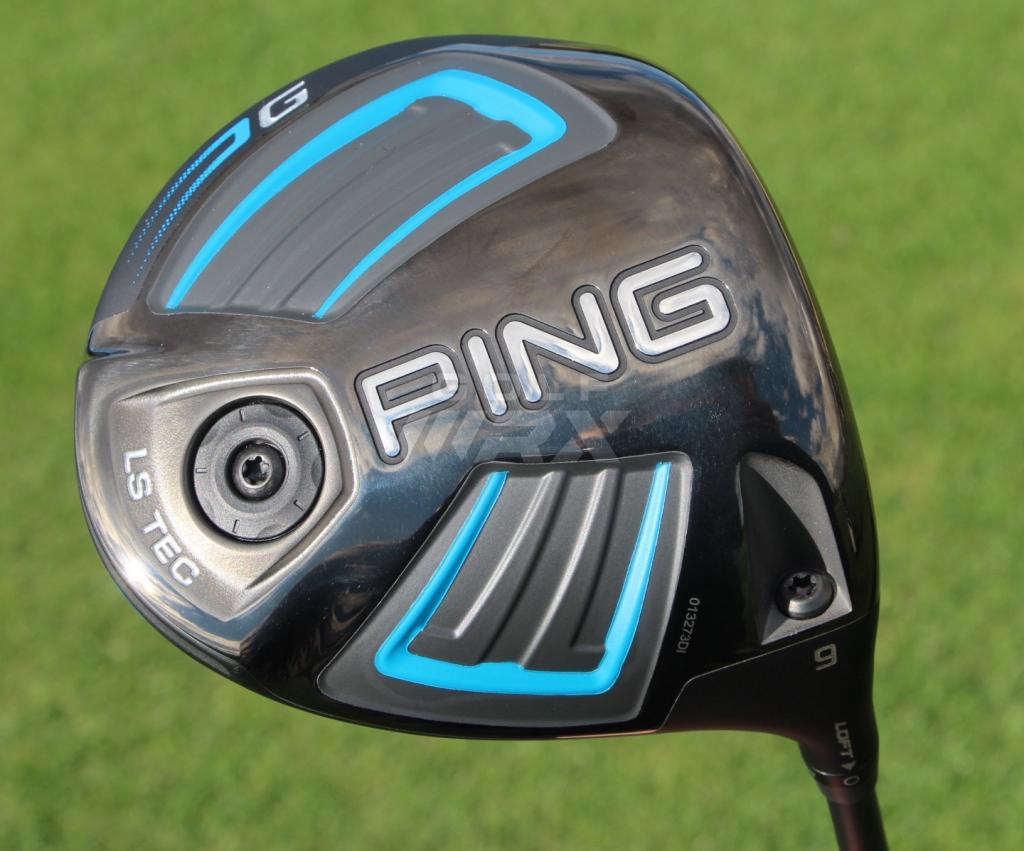
- drvrwdge: I played the G LS with the Ping Tour 65X (shaft) tipped an inch for about a year. Just put the HZRDUS Yellow 75 6.5 tipped an inch and never thought it was possible, but it’s longer and straighter. Best driver shaft combo I’ve ever hit. You can feel that HZRDUS throughout the entire swing. Really gives you a solid connected feel.
- Mtngolfer1: I am not sure that I would consider this a 2017 Driver, but my vote went to the Ping G LS Tec. The fact that my G is still holding its own against the latest 2017 releases has me very excited to see what Ping will release later this year.
- 3woodvt: Fairway finder and plenty long.
- pitchinwedge: I’ve found the LS to be nearly as fade biased as the M family. I get pretty good results with the LS by making a conscious effort to make more of an in-to-out swing. Any lapse in concentration and everything goes right. The M’s require even more effort, which is the reason I stayed with the LS instead.
- 3 Jack Par: After an up and down year with the G LS, I’ve actually recently gone back to my G30 LS head. I only have a couple of rounds as a sample so far, so I can’t really draw a conclusion about whether one or the other is better, but with the same shaft it seems like my G30 head might be a little longer. Honestly, the performance differences are pretty minimal if you really compare the two generations.
Further Reading
Titleist 917D3 (5.30 percent)
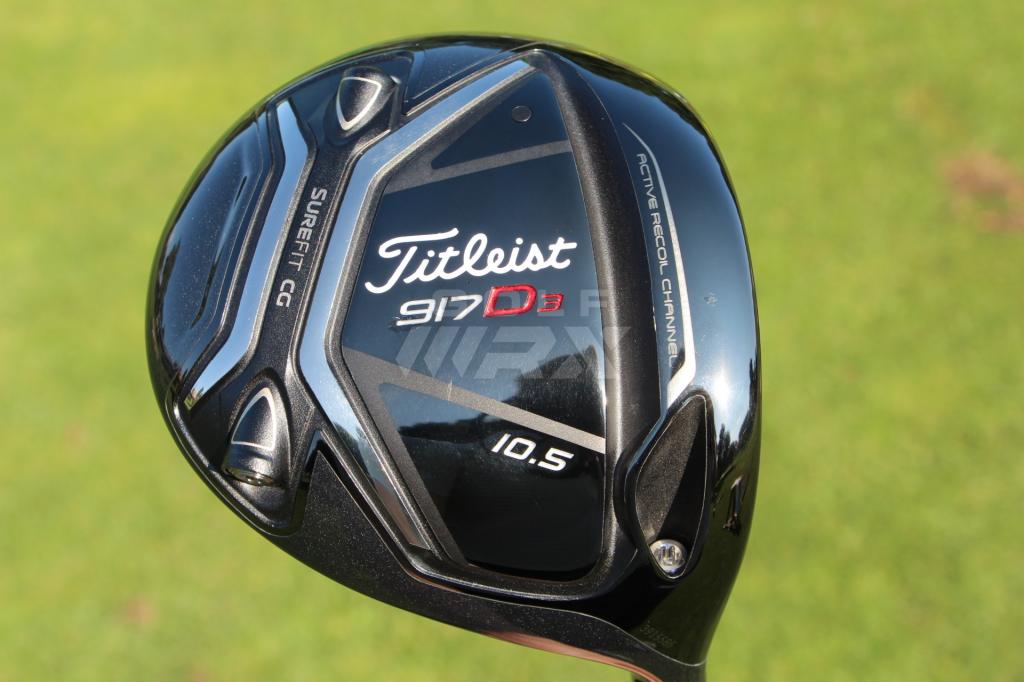
- Gava: The 917D3 is in my bag now, and I’ve found it incredibly long with a recently purchased Graphite Design Tour AD MJ 7TX shaft. Feel and accuracy has been a real improvement as well.
- Togatown22: I find my 917D3 to be just as forgiving as my 915D2 was, and man do I prefer looking down at the head shape and color versus the 915. Very confidence inspiring.
- NIxhex524: I would definitely give the D3 a whirl. I feel like Titleist has made great strides at making the smaller head way more hittable for us ams.
- KPH808: So in conclusion, I was hitting the ball about 9 yards further on average and 3-4 mph faster ball speeds with the 917D3 vs. the 915 D4. The biggest thing for me was the forgiveness between the two; the 917D3 was more forgiving on mishits.
- brushie: The 917D3 head feels soft like the 910 and sounds great. I never had an issue with the 915 sound; it wasn’t great, but it didn’t bother me too much. This is much better, though. The 917D3 head shape is perfect to my eye as well. The area where the 917 shines is forgiveness.
Further Reading
TaylorMade M1 440 (5.35 percent)
- Tigermatt31: The M1 440 is best driver I’ve had ever.
- TollBros: The M1 440 is definitely lower spin than the M1 460 or M2 from last year. Launch angle isn’t really any lower, but spin is lower for sure.
- specimania: This year’s 440 is more forgiving.
- MCoz: Yes, this 440 is more forgiving, and yet it also appears to be more workable than both of the previous M1 and M2s.
- nitram: To save you a bunch of reading and crunching numbers, I quickly concluded there was a little more forgiveness and exactly +0.4 mph ball speed with the 440. By forgiveness I simply mean this: A 1.48 smash 440 will give you the same ball speed and distance as a 1.49/1.50 430. But if you get a 1.50 from both there is no measurable gain. Side-to-side dispersion was better by 4.7 feet with the 440. Workability was a wash between them, although the 430 seems a bit more fade biased whereas I’ll describe the 440 as a scosche more neutral.
- tj24: I hit the M1 440 with my Aldila RIP at an 80-gram X-flex. For me, the spin numbers were around 1700 rpm which is probably to low for my swing. I did, however, like the shape of the head and I felt like I could easily work the ball both ways.
- halfsumo: I really think they nailed it with the shape of this 440 head. Nice pear shape, no weird bulges or ridges that you have to get used to.
Further Reading
- GolfWRX members gain 7 yards on average with 2017 TaylorMade M1, M2 drivers
- 12 Important Changes to the 2017 TaylorMade M1, M2 Drivers
Titleist 917D2 (6.65 percent)
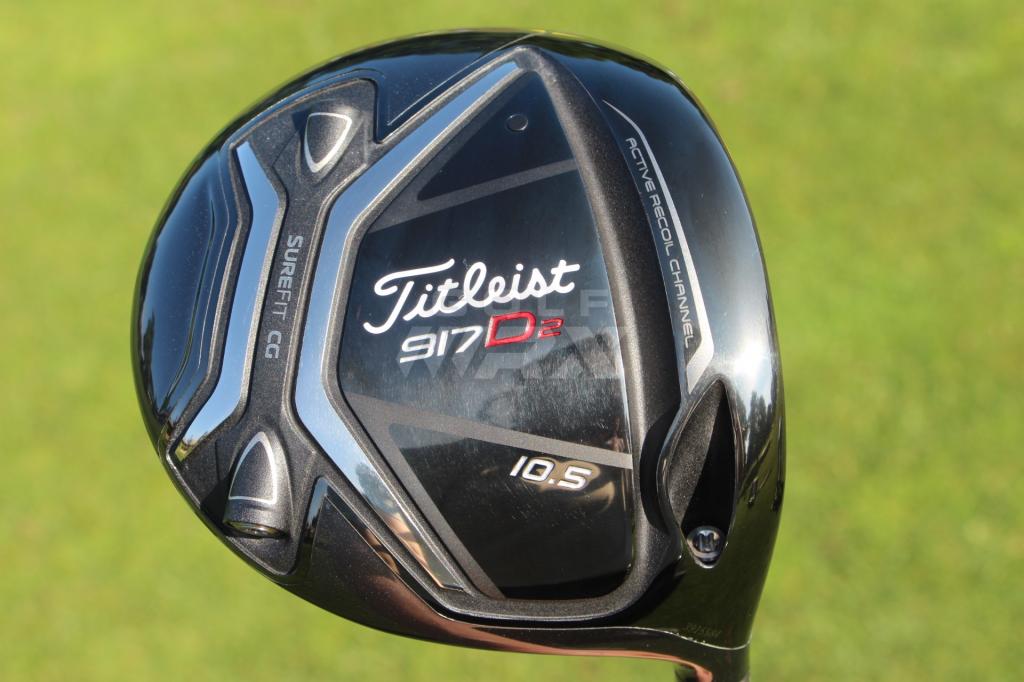
- tsletten: Love the sound of the 917D2.
- bladehunter: No doubt the 917D2 is an accurate, forgiving driver that doesn’t look as big as it is and sounds fantastic.
- JStang: Maybe it’s just me, but I find the face to be more shallow (top to bottom) with the 917D2 than other drivers that I’ve tried lately.
- LuckyLowbrow: I was actually spinning it too low with the D4. Going up to the D2 normalized my spin rate, but led to such an improvement in consistency across the face.
Further Reading
TaylorMade M1 460 2017 (11.81 percent)
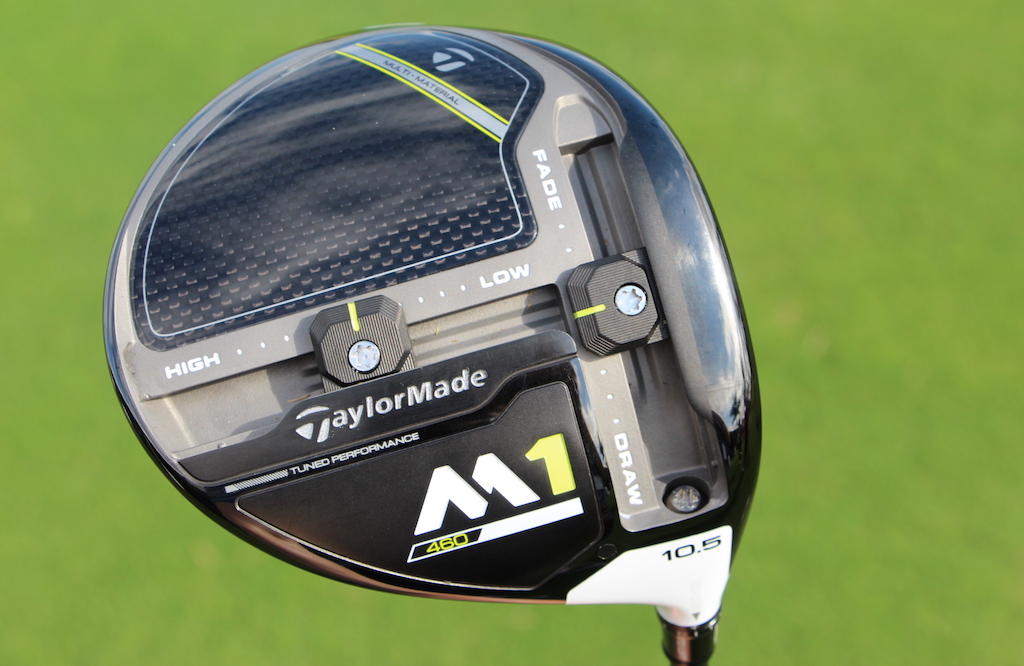
- Ereim: I ended up going with the M1 460. It gave me a slightly tighter dispersion, and I liked looking down at it slightly more.
- jdenham15: The 2017 TaylorMade M1 is a great driver, but I tend to miss wide right and struggled to turn it over.
- ZBigStick: The M1 460 gave me the best results. Was able to increase launch without much added spin with the (T-Track) weight. Feel is good and felt forgiving; dispersion results backing that up.
- BillMurrayGolfing: The face is hot, receptive, thin and makes a nice sound. I like that.
- JStang: Sound and feel were both fantastic. I couldn’t ask for much more in the sound and feel department than what this club offers. Plenty of feedback was provided based on impact as I would expect. I could easily tell where I missed based on feel.
- tnord: Just as another tester found, moving the weight back and forward absolutely does impact how the club sounds. I’m much more a fan of the weight back.
- chickenpotpie: Moving the slider to the draw position made the feel of the driver a little harsher. Feel was much much smoother with that weight in the middle. I didn’t see any such changes with the front/rear slider.
Further Reading
- GolfWRX members gain 7 yards on average with 2017 TaylorMade M1, M2 drivers
- 12 Important Changes to the 2017 TaylorMade M1, M2 Drivers
TaylorMade M2 2017 (11.86 percent)
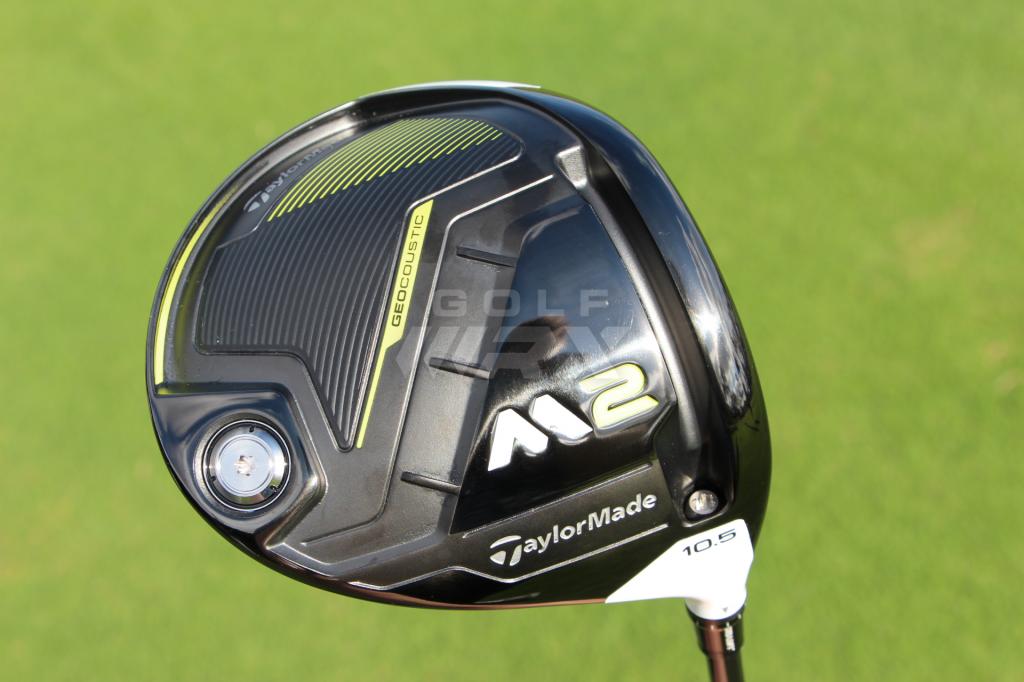
- ZBigStick: I liked the feel of the new M2 but seemed to get better results and numbers with the new M1. Could be the extra 5 grams of head weight?
It was dynamite with the GD TP-6 (shaft)! - erock9174: On Trackman it didn’t put up the most ball speed, but counting all shots the M2 had the longest average distance.
- gripandrip: The M2 seems to have a little bit of a fade bias for me. And the head is HUGE. Maybe it’s a mental thing to be able to turnover a head that large.
- Bomber_11: M2 has very big shoes to fill, as the 2016 M2 was arguably one of the best drivers of the last 3-4 years.
- LONG&STR8: It’s hard to ignore the sound of the new M2. That may be TaylorMade’s biggest fail with that driver, as the sound and feel was one of the best things about the first version that I’ll have in the bag until something better comes along.
- Z1ggy16: The new M2 was terrible for me, not sure why. Unsure if it was the shaft I used but it spun up like a monster and ball speeds weren’t any better than previous M2.
- Peanut191: I don’t really think that the new M2 was much of a step backward, probably more that it doesn’t seem like a big step forward compared to last year’s model. I was hitting my 2016 M2 against a 2017 M2 indoors (which usually amplifies the louder, more obnoxious sound) and I didn’t notice that much of a difference in sound. It could have been that I might have just happened to get a hold of a head that was more muted than normal with the new one, but I just didn’t notice much difference. Performance wise, I could tell that the 2017 was slightly more forgiving than the 2016 model, but I was basically getting the same ball speed and spin numbers, so I didn’t see the need to upgrade.
- gioguy21: Played 54 holes this weekend. The M2 was as reliable as it could get. I hit 11/12 fairways Friday, 10/12 Saturday and 5/9 or so yesterday (windy). Controllable, just wants to go straight. The sound no longer bothers me. I think it’s when hitting indoors or in range bays that it gets unbearably loud. Makes a different sound when hit on the screws I’ve found, similar to last years M2/M1 with less high-pitched ring. The forgiveness is very obvious, as I hit a couple that were close to center of the face but either high or little out toward the toe that flew similar trajectory and distance to how a well struck shot would react. I think where this driver really shines is the ability to either tee it high and hit it with higher trajectory or the ability to hit it lower with a low tee (3/4 of the ball under the crown) and hit laser beams that don’t move left or right.
- G-Bone: From what I’ve seen on Trackman, 2017 M1 was a big jump from 2016; however, 2016 M2 was so good, 2017 is a minor jump.
Further Reading
- GolfWRX members gain 7 yards on average with 2017 TaylorMade M1, M2 drivers
- 12 Important Changes to the 2017 TaylorMade M1, M2 Drivers
Callaway GBB Epic (14.91 percent)
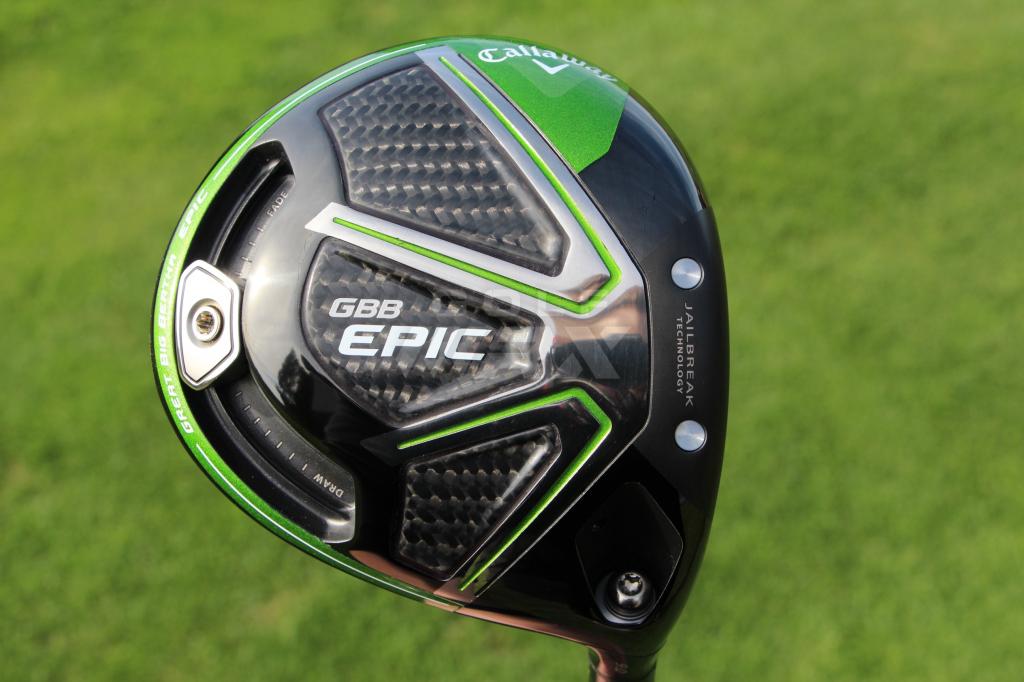
- HDTVMAN: I hit both the Callaway Big Bertha Fusion and Epic with a 44.5-inch UST Recoil F3 shaft and the results were very close. From customer testing, it appears the Epic is longer for those with higher (95+) swing speeds. I have also seen that 44.25-44.5-inch lengths promote tighter dispersion with customers, no loss of distance and better over-all drives.
- mbbrewer: Tried them all and for me Epic was the one. Fastest ball speed, lowest spin and tightest dispersion.
- Ereim: Epic felt great, looked great and the numbers were basically 99.9 percent optimized for my swing.
- johnnylongballz72: There is Epic and there is the M series… then there is everyone else. The votes here show it, the PGA Tour use shows it and launch monitors everywhere show it.
- misplacedtexan83: GBB Epic/Sub Zero pushed the envelop in design and materials to produce increased ball speed and gains. For once a driver did what a company said it would do.
Further Reading
Callaway GBB Epic Sub Zero (16.91 percent)
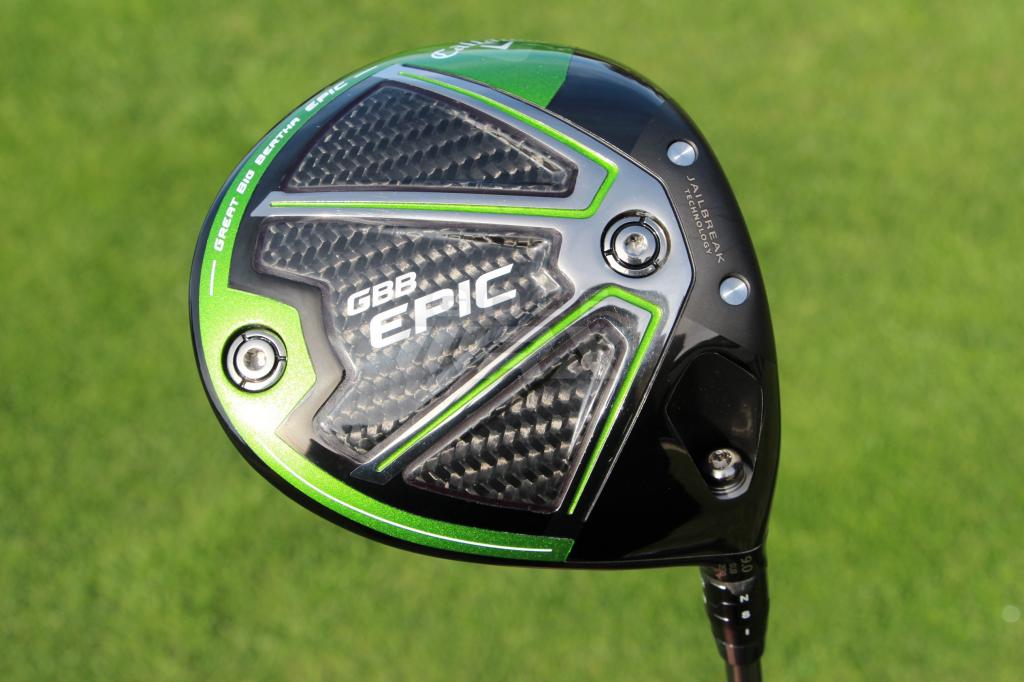
- jdenham15: I tested the Epic Sub Zero and Epic against my 2016 TaylorMade M1 and the ball speed was 5 mph higher on average, which gave me about 10 yards more carry disstance. That was great, but the part that sold me was the forgiveness. I love my Epic Sub Zero. I feel like it’s easier to turn over and I can work it both ways.
- Z1ggy16: Sub Zero was hands down the best, including my gaming M1 (yeah, not even top-3) due to the combination of lower spin, good forgiveness and feel and looks.
- jimhaire: I had a 2016 M2 and went with the Epic Sub Zero. The look at address suited my eye and the feel off the face was better for me. And the club went straight.
- Sef: I have tested a lot of these drivers and for me the Epic Sub Zero was so much better than everything else. I wish I could just apply all three votes to it.
Further Reading
Members Choice 2017
- LIKE652
- LEGIT92
- WOW45
- LOL39
- IDHT16
- FLOP39
- OB34
- SHANK255
-

 19th Hole1 week ago
19th Hole1 week agoDave Portnoy places monstrous outright bet for the 2024 Masters
-

 19th Hole2 weeks ago
19th Hole2 weeks agoThings got heated at the Houston Open between Tony Finau and Alejandro Tosti. Here’s why
-

 19th Hole1 week ago
19th Hole1 week agoTiger Woods arrives at 2024 Masters equipped with a putter that may surprise you
-

 19th Hole2 weeks ago
19th Hole2 weeks agoReport: Tiger Woods has ‘eliminated sex’ in preparation for the 2024 Masters
-

 19th Hole3 days ago
19th Hole3 days agoTwo star names reportedly blanked Jon Rahm all week at the Masters
-

 19th Hole2 days ago
19th Hole2 days agoNeal Shipley presser ends in awkward fashion after reporter claims Tiger handed him note on 8th fairway
-

 19th Hole2 weeks ago
19th Hole2 weeks agoAddiction, spinal fusion, and scam artists – Everything Anthony Kim revealed in candid interview with David Feherty
-

 19th Hole2 weeks ago
19th Hole2 weeks agoAnthony Kim says doctors told him that he ‘may not have much time left’ ahead of LIV return

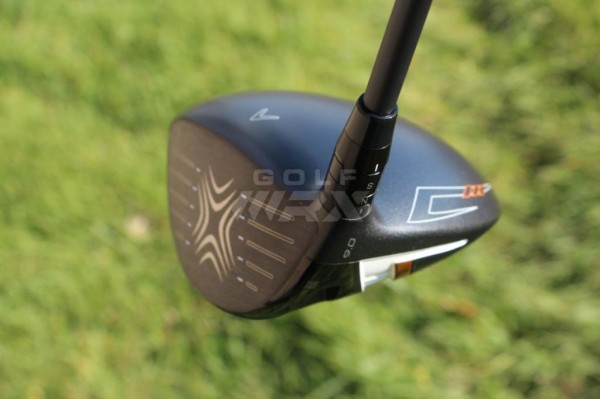
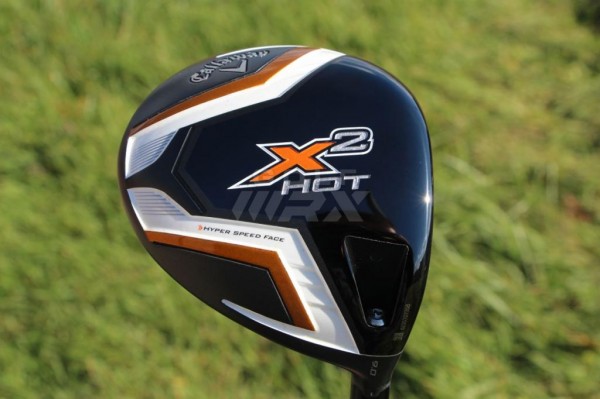
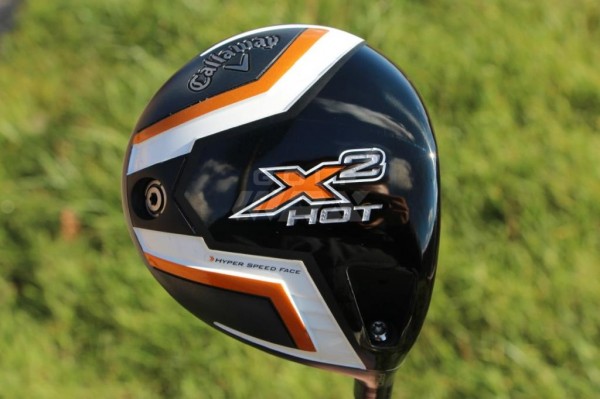
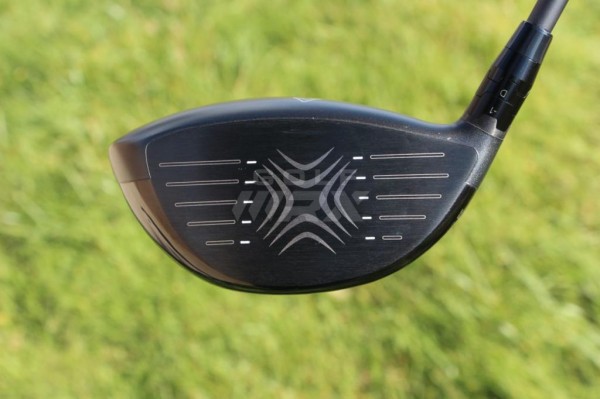
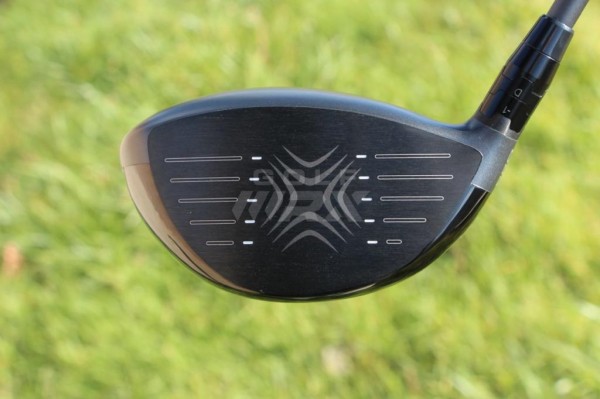
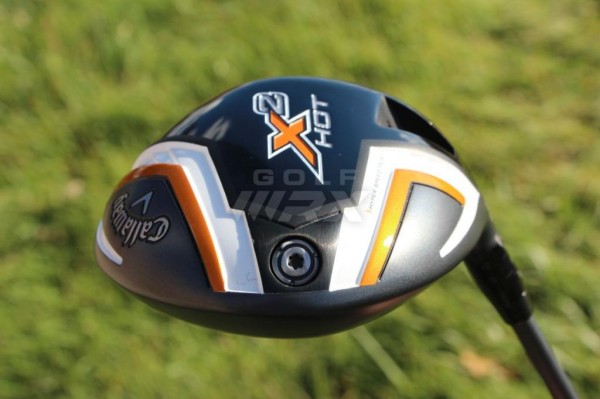
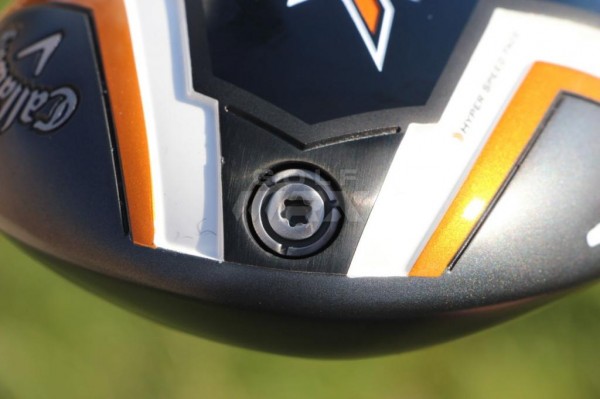
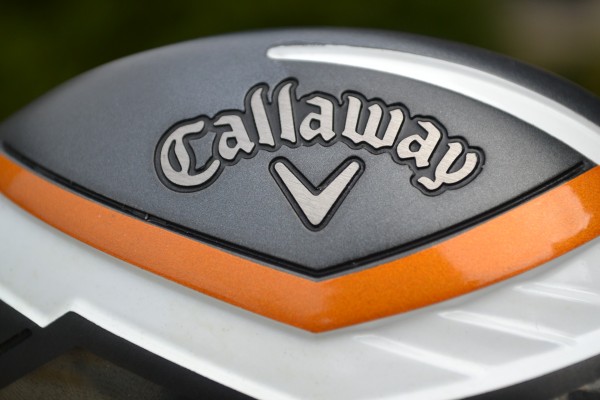
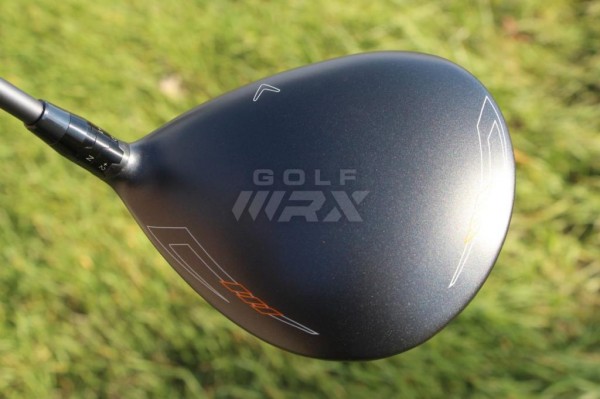
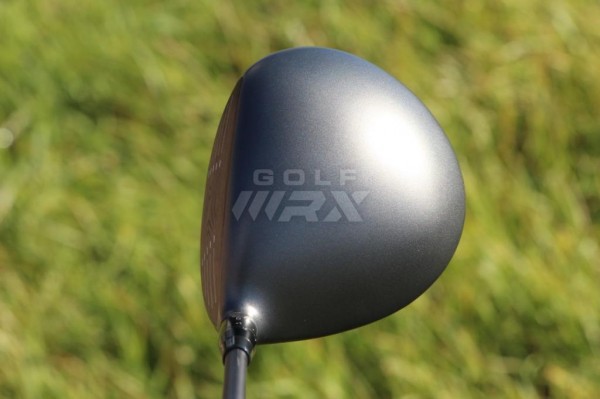
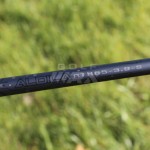
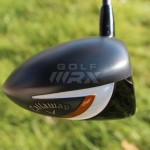
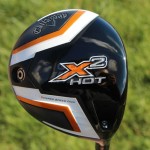
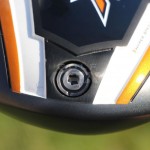
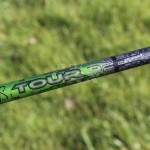
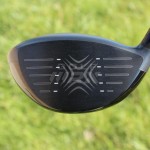
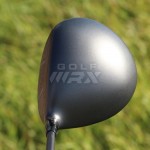
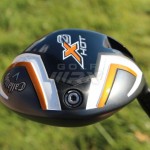
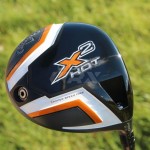

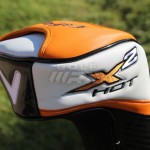
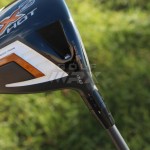
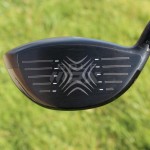
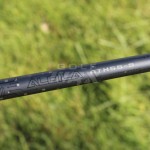
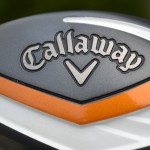
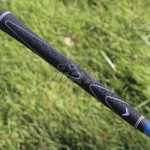
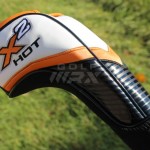
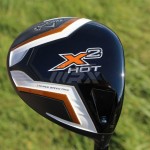

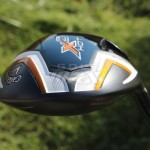
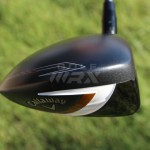
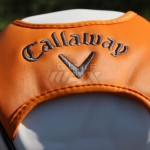



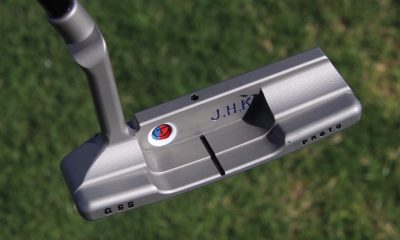



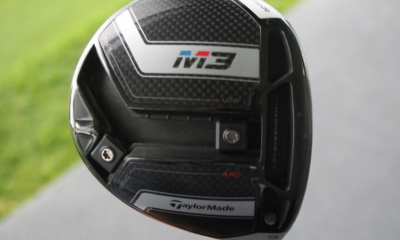





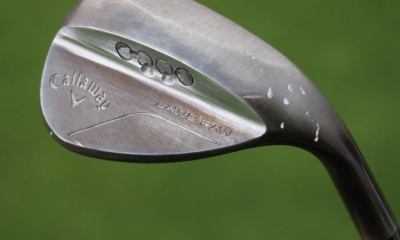

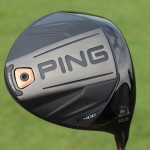
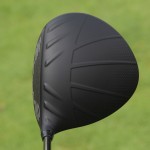
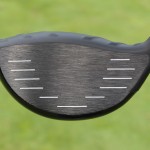
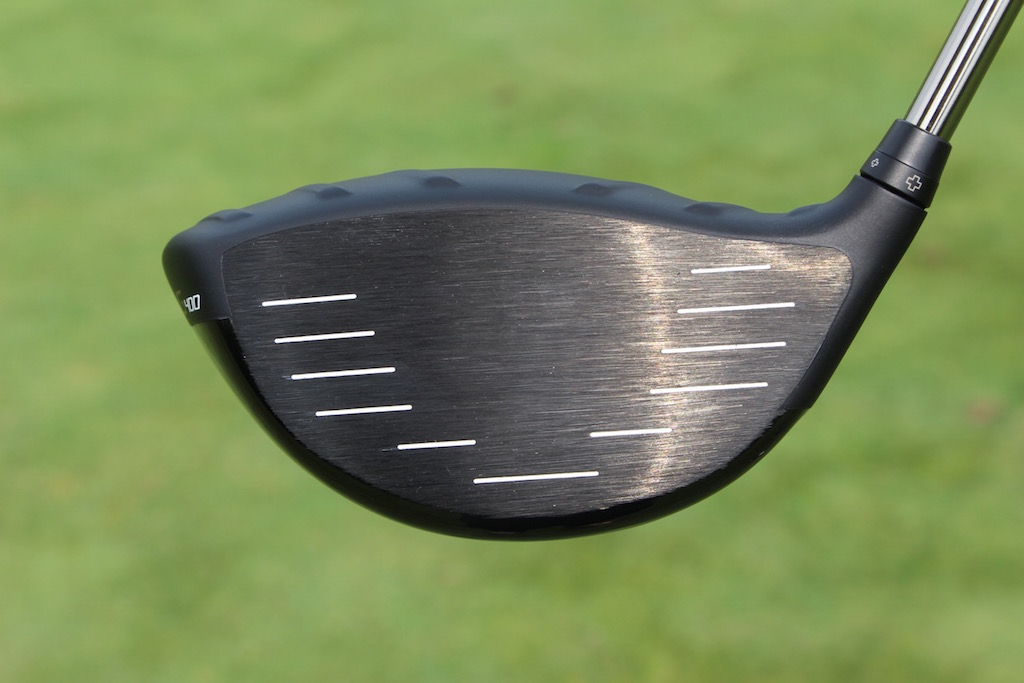
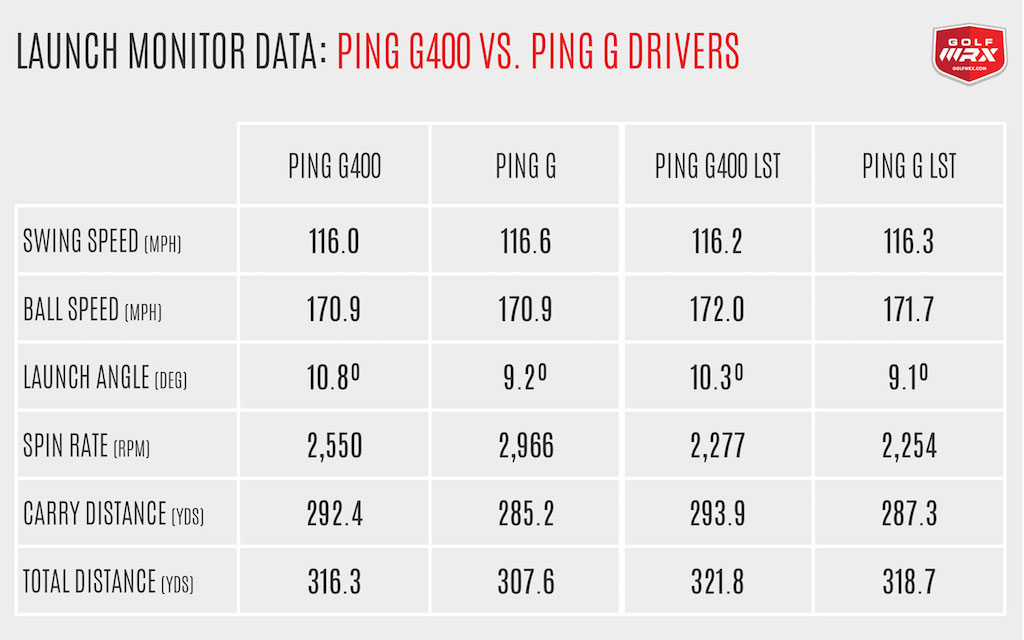
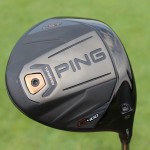
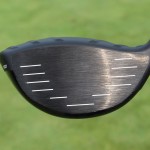
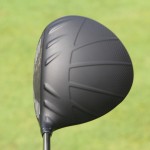
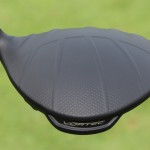
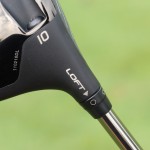
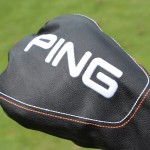
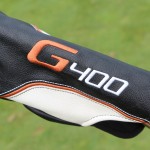
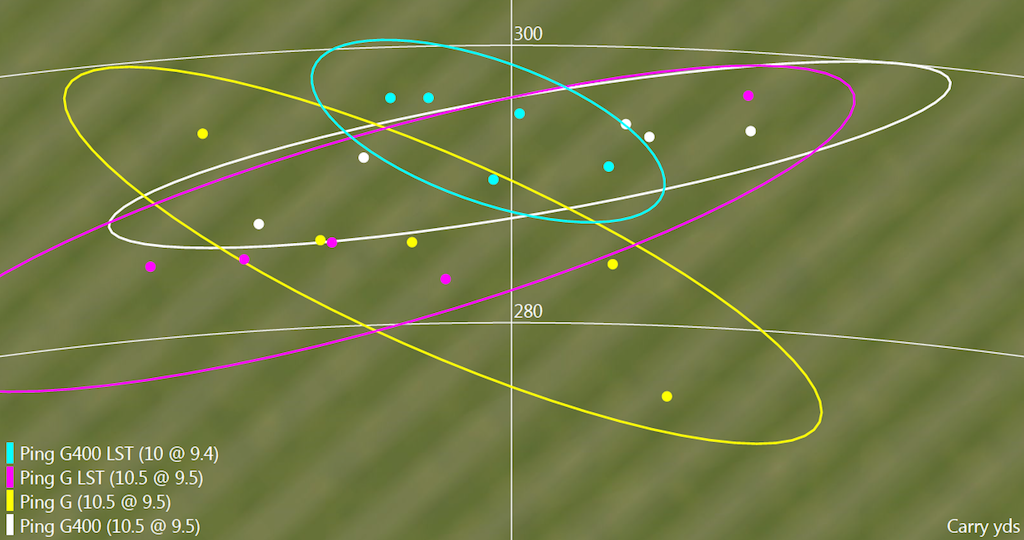
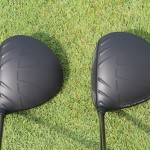
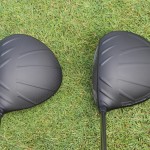
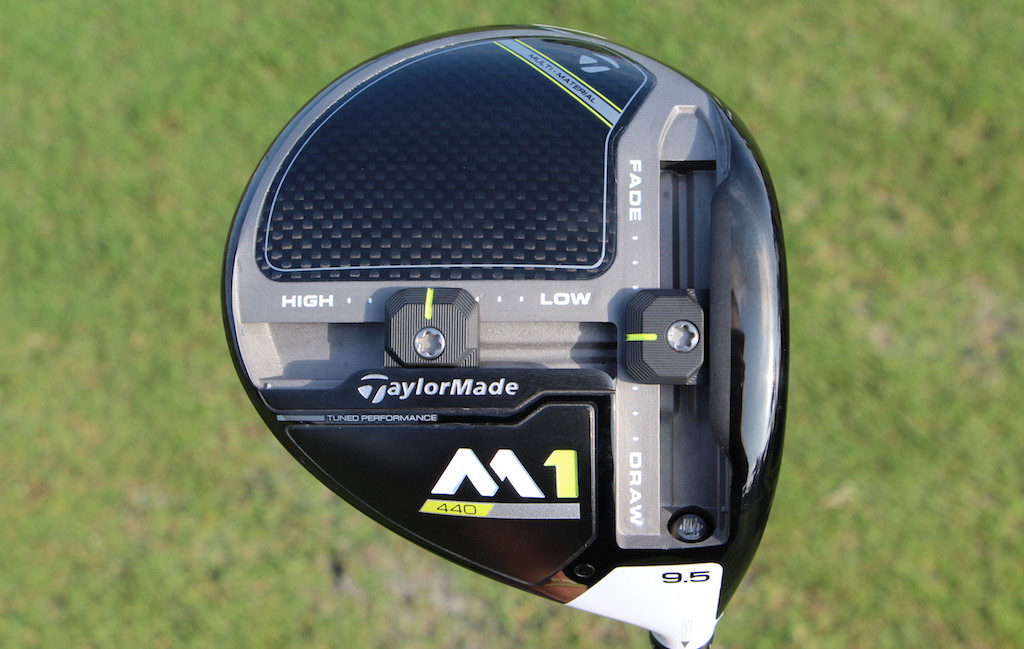














Dss
Aug 7, 2014 at 6:02 pm
Can,t tell you how much I enjoyed the give and take in the reviews.
Jer
Jun 22, 2014 at 6:33 pm
This driver (Pro version) is better than most on the market. Insane long, very forgiving and straight! Wow….
Tim
Jun 20, 2014 at 7:17 pm
I have the X Hot Pro 9.5 degree with the project X PV shaft. I have enjoyed the club however I have found the shaft to light and it does not load well. Today at the course I had the intention to go on the launch minor to check numbers. The Pro was at the other corse they own so that was a no go. i instead took a new X2 Hot Pro with the Tour Green shaft to the range. I set the loft neutral and the face open. All I can say is wow. Without a monitor I could tell this set up layed waste to my existing X Hot Pro. The shaft loaded perfectly and I could feel where the clubhead was. Exact opposite of what I was getting. The shots flew and flew. At our range there is a slit rail fence at the end and typically my best will land about 20 yards short of the fence and roll up to it. With the new X2 Hot set up I had several that cleared the fence with most one hopping over. My accuracy pattern was much much tighter and had zero balloons. All in all a far superior club. Feel and performance much improved.
My club was willing to sell it to me for $399 +tax….sorry but no. So when I get home I have the hunch to check the Cally site just because. To my surprise they have a special going on. I have a new driver on the way for $234.99! delivered!
Tim
Jun 20, 2014 at 8:54 pm
EDIT: Same club @ GolfDiscount for $199.
Rich
May 23, 2014 at 7:28 pm
I don’t get the way drivers are compared these days. Surely the way to compare is to optimise both drivers for maximum distance and them compare them. It might require different setting for each driver but isn’t that’s a more fair comparison. Setting them at the same specs doesn’t mean you are getting the most out of either. They are built to perform differently so why wouldn’t you compare them set up to maximise distance for each?
Darman
May 1, 2014 at 1:54 pm
6 Rounds – 8 Fairways missed – enough said!
michael
May 5, 2014 at 11:58 pm
keep blaming the clubs!
Sven
Aug 17, 2014 at 10:10 am
I think you missed the point…..8 fairways missed in 6 rounds is pretty damn good. Don’t think Darman is blaming anything
Glenn kirk
Apr 20, 2014 at 2:30 am
I have x hot and just purchased x2hot pro new model is way better deeper face =lower spin love the look & it is at least 20 metres longer than original x hot pro, atx shaft is an up grade but not a patch on the tour atx which I have in mine, club is a beast loving it.
Tim
Mar 24, 2014 at 2:07 am
I compared all the new Callaway drivers on Trackman with a number of shafts. My SS is 103-105mph so not slow, but certainly not as fast as some. I found that the regular X2 Hot head with the Aldila Tour Green shaft was the best combo for me. I agree with the blue shaft it launched a little too high and spun a little much. I tried Alpha and regular Big Bertha as well. The ball speeds were highest with X2 Hot regular head consistently. Actually they were the highest I tested with all drivers. About the same as SLDR and higher ball speed than Adams XTD, but much, much more forgiving. And with the Green shaft the spin rates and launch angle were improved overall. Same launch angle as pro with about equal spin, but higher ball speeds AND more forgiveness. I would recommend this combo for anyone with 98+ mph ss. The green shaft really brings it to life. AND no upcharge for green shaft. It will be my gamer for the year for sure.
Jason
Apr 16, 2014 at 4:34 pm
I also picked up an X2 Hot with the Tour Green X-Stiff shaft. My swing speed is 108-110 mph, and I have much more control then I have with previous drivers. Definitely 5 stars!
Quashing Yellow
Feb 6, 2014 at 2:30 pm
Have to agree with these two comments and disagree with the review: X2 looks pretty bad compared to X-hot thanks to the weird colours that makes the head look unmanageably large on the non-pro model; moreover that shafts don’t seem as well connected as last year’s Project X through the swing and feel is not as pleasing in my view. I’m a hcp 8 and am gaming the Optiforce 440.
froneputt
May 1, 2014 at 2:47 am
Disagree — having owned an XHot, the X2Hot has a good look at address. Large? Yes, but it is on a tee. The face feels like one large sweet zone, and the Tour Blue has a pleasant kick to it, although it seems a tad soft to flex.
Garry Gee
Jan 25, 2014 at 8:51 am
Having used the original X HOT from midway through last year and being extremely delighted with it, have to say how disappointed I was today at a demo.
The new club looks slightly different but not enough to get excited about. I prefer the original only because the lighter coloured head is a good fit for me. Performance wise it beggars belief how these companies con the public with their ‘upgraded’ design that is hotter,longer better spin etc. I found the x2 was almost as good as the original CERTAINLY not any better. I feel that is down to the shaft. The original Project X shaft is excellent and a much better profile and fit for me.
Sadly this is another example change for change sake.
My advice is to buy last years better performing club for £99 than the £279 for this years non-upgrade.
FYI I am 11 h/c with 92 SSR and used identical 10.5 reg clubs: performance observed both visually and via trackman.
froneputt
May 1, 2014 at 2:49 am
Disagre, the X2Hot face has the forgiveness of a straight priest.
Ryan N
Jan 13, 2014 at 4:40 pm
I haven’t tried it yet but one thing I disagree with you totally is that the look of this current model is no where near as nice as last years red/black/grey colorway. The orange that they used here is just…bleh…very unappealing.
Chris
Jan 13, 2014 at 8:12 pm
Kane has had the club in his hands, saw it up close and personal, and
you? I love the look of these, and my gamer is the original X-Hot.